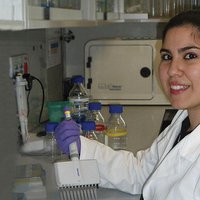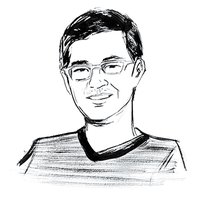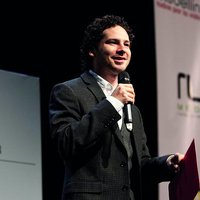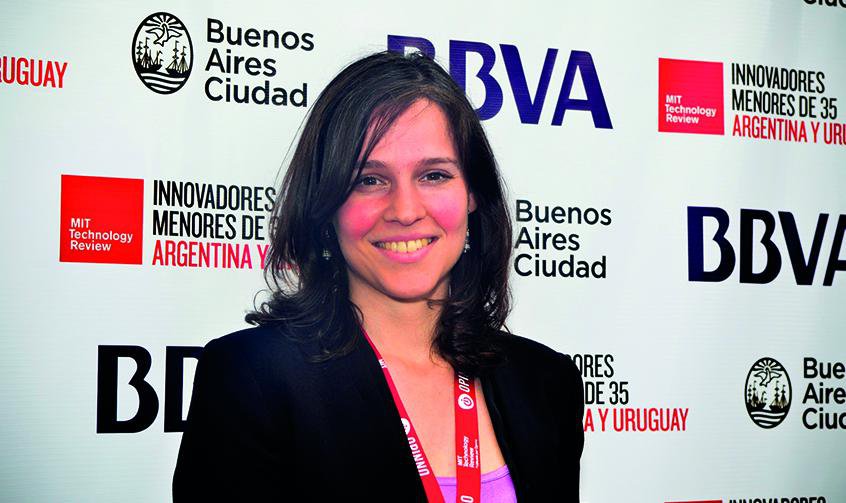Biotechnology & medicine
Valeria Bosio
She has designed cheap and effective bone prostheses using biomaterials made of silk proteins and mineralizing particles

Latin America
Melissa Rodríguez
Wireless monitoring of water pollutants through a biosensor network

Latin America
Julieta Cabello
She has created transgenic plants resistant to frost, drought and salinity

Global
Bowen Zhao
What do your genes say about how smart you are?

Latin America
Daniel Cuartas Quiceno
He has designed a pupil tracker which helps persons with reduced mobility to control their surroundings
